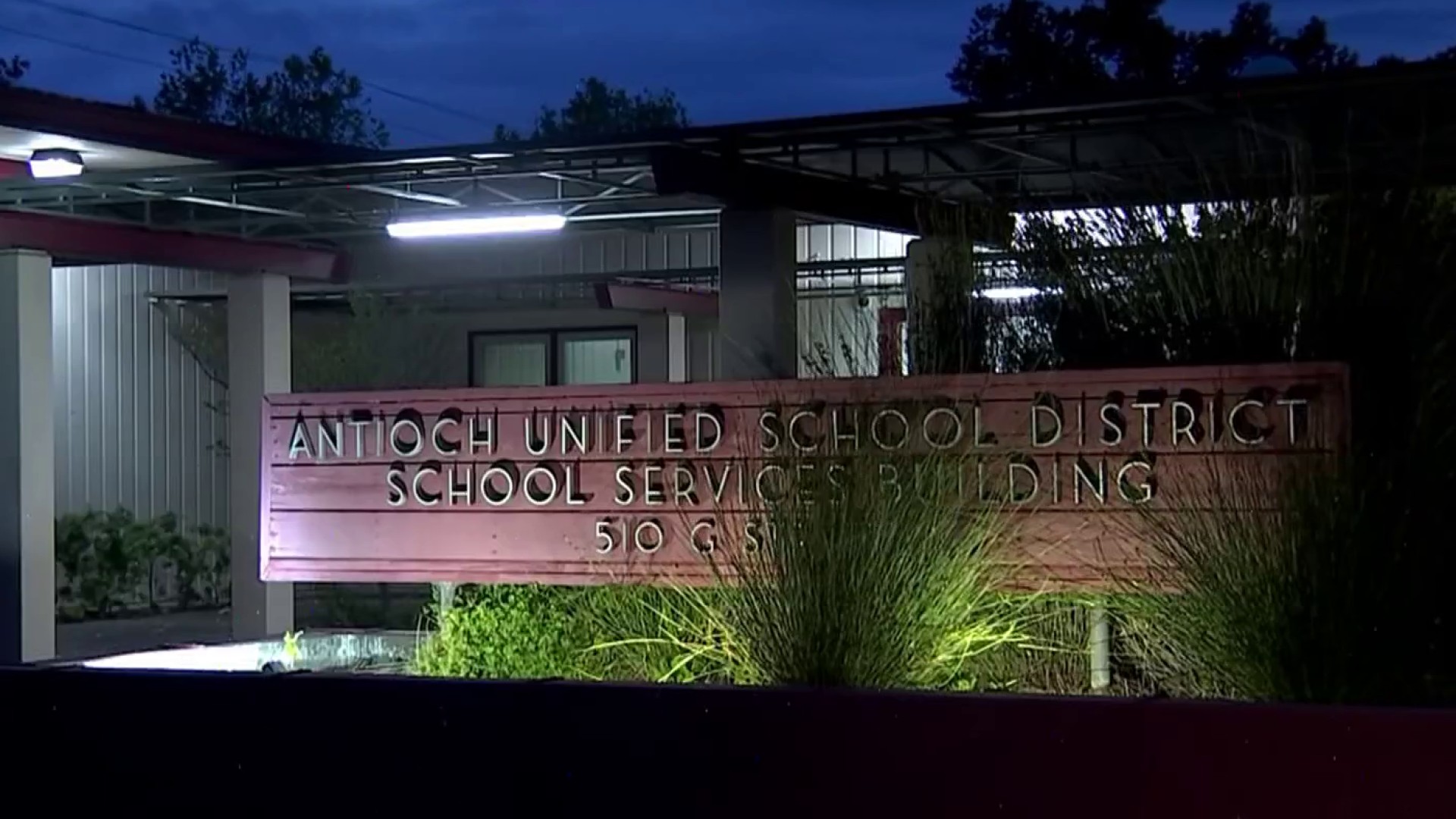Just months before the Camp Fire, PG&E engineers urged the utility to inspect steel hardware on high voltage transmission towers in high wind areas that could be prone to wind-driven corrosion damage – like the damage found on the tower blamed for the disaster.
The recommendation to do more inspections of steel hardware was made as part of June 2018 assessment done on rusted and worn steel hanger plates that were removed from two towers on either side of Highway 24 in Orinda. The assessment documents were obtained by NBC Bay Area’s Investigative Unit.
The plates were removed in March 2018, the assessment noted, after crews found they showed signs of "severe wear," according the report. The apparent cause, the two authors noted, was the "wind driven swinging" of the hooks used to hold insulators to the holes in the plates.
The report’s two authors, both materials engineers, concluded that while the damaged plates could have been expected to last at least two more decades, that life could be cut short if cracks opened up in the steel. The engineers said they did not find signs of such cracking in the plates they examined.
In the end, the engineers recommended that PG&E: "Perform targeted additional inspections at selected locations where environmental and loading conditions could be considered to be equivalent" to where the worn plates taken from towers on the Parkway-Moraga and Bahia-Moraga 230,000 volt transmission lines crossing Highway 24.
Having been in service since 1947, the report noted, all the plates examined showed distinctive key-hole like damage. Identical damage was found just months later on hanger plates taken from the nearly 100-year-old Caribou-Palermo transmission line in Butte County – that is the line tied to the fire that killed 85 people.
It was a worn C-hook, not a worn hanger plate, that failed on the Caribou-Palermo line, on a wind-buffeted tower perched at the side of a steep canyon along the Feather River.
Local
Lisa Fulton, a corrosion engineer who reviewed the report for NBC Bay Area, called the findings on plates in Orinda a "red flag" that should have prompted system-wide inspections of both plates and C-hooks on towers like the one tied to the fire.
"There are obviously other locales with high winds -- and it doesn’t take a rocket scientist to conclude those towers have C-hooks and plates that probably ready to fall apart," Fulton said.
PG&E recently told the federal judge overseeing its probation in the San Bruno blast that after the June 2018 analysis came out, it had checked "multiple adjacent" towers near Highway 24 and found no further repairs were needed.
But the utility did not tell U.S. Judge William Alsup whether or not it inspected other parts of its system in high wind and high stress conditions, as recommended in the report.
That’s something Fulton says the judge should know. Also, she says, the judge should know what damage, if any, was found on the hooks that fit into the plates in the Orinda towers.
"They don’t say what happened to the hooks," Fulton said. "That’s an important question, obviously."
Fulton cited recent photos of worn plates and hooks that fit into them on the Caribou Palermo line that such wear on the hooks would have been likely – given that both steel surfaces wear into each other as the hooks swing in high winds, literally sanding away the surface.
"You can’t look at one and not the other," she said. "You’ve got to do due diligence and look at everything that you can."
PG&E told Judge Alsup this month that it kept the worn plates it found near Highway 24, but did not know whether it retained the hooks. The company has until mid-January to tell the judge whether it believes it has complied with the restrictions of its probation.
The company did not address questions related to the report, but did reissue a statement that affirmed its goal of bolstering safety since the Camp Fire by doing accelerated inspections in high fire risk areas, addressing serious concerns immediately and hardening its system so as to "reduce wildfire risks and keep our customers and communities safe, given the growing wildfire threat across the state."
Still, Fulton is convinced that had the utility followed the advice of the engineers and checked for wear in high wind areas, like the Caribou-Palermo line, it would have caught not only the worn plates, but the dangerously worn hook blamed for the fire as well.
"When you think it could have been prevented," she said, "it’s just very tragic."



